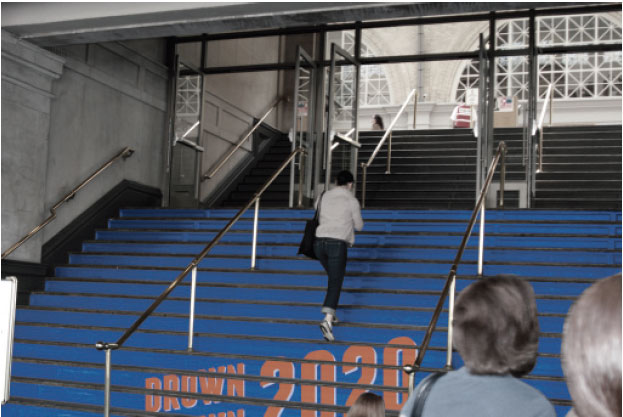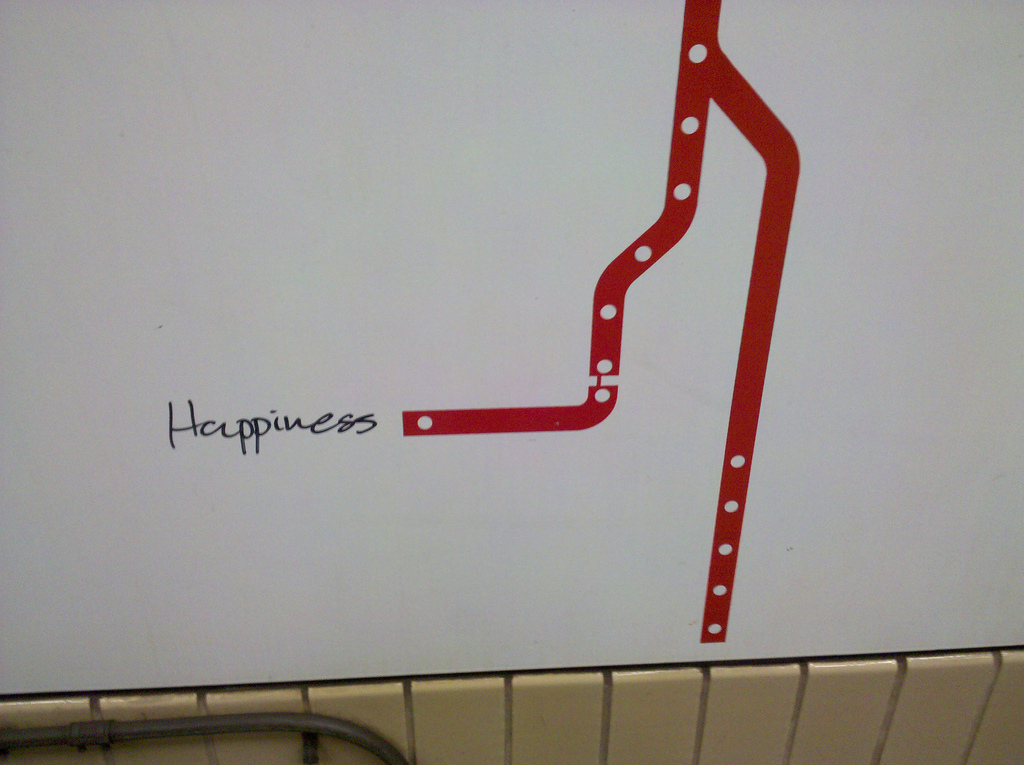In 1978 San Francisco artist Gilbert Baker designed the LGBT pride flag, inspired by either Judy Garland or Allen Ginsberg, or both. Rainbows were never looked at the same way again. And since the nineties, the bubble gum pink ribbon has been slapped on the back of SUVs everywhere, rallying for breast cancer awareness. Colors have long been associated with social issues—green for environment, red for AIDS, gold for military support—but how does color influence our choices to create change?
This was one of the questions graphic design students were pondering at the outset of a collaboration between Pantone and the San Francisco Academy of Art University. Pantone, the world-renown authority on color, initiated the Color in Action project to seek ways for color to effect social change. (Pantone celebrates its 50th anniversary this year.)
Eight teams were assembled around a central focus on issues like environment, literacy and education. The teams began by researching how color can change behavior and explored how color could brand a cause. One team developed a shape/color matching system for the visually impaired.
Another team focused on climate change by indicating just how high sea levels would rise on buildings and in urban areas.
The winning team, Team Bullying, was announced in May and awarded a $10,000 scholarship. Their creative efforts are detailed on the website ColorCoaltion. Their goal is to reduce aggression and bullying, build community, and encourage students to embrace diversity by enhancing school environments with color. Other teams’ initiatives can be further reviewed here.
“Color in Action is undoubtedly a remarkable project that challenges students to look not only at today’s pressing social issues but to also inspire change through creativity and color,” says Pantone director of Corporate Marketing, Giovanni Marra
The Color in Action collaboration will continue this year, building on the anti-bullying team’s vision. Students will work with a local school to prototype a teaching guide and begin painting from their palette in the real world. I don’t have more in-depth information about the exact questions Pantone was seeking to answer from the Color in Action challenge, other than the aforementioned, but the idea of color choices and how they impact change is worthwhile to consider.
Any designer with an art schooling background has read books on color theory and some have studied it in great detail. From an interior standpoint, psych studies have demonstrated that certain colors certainly do impact moods and behaviors. But do colors used in a brand or ad campaign affect outcomes surrounding social change? Or is it simply our (developed) associations and the longevity of the brand? Tiffany blue boxes would seem out of place if one day they debuted in forest green. There should be ways to measure efficacy established to test these color theories. (It seems to work for drunk tank pink.)
No doubt at least subconsciously, color affects how we feel about a particular product or brand, and ultimately the choices we make. It helps identify a specific social issue and makes concerted efforts become more memorable. I’ll be promoting the power of color in September, when I work with the Maryland Food Bank and Feeding America to promote Hunger Action Month. Watch out Ravens purple fans—we’ll see how orange we can get.





